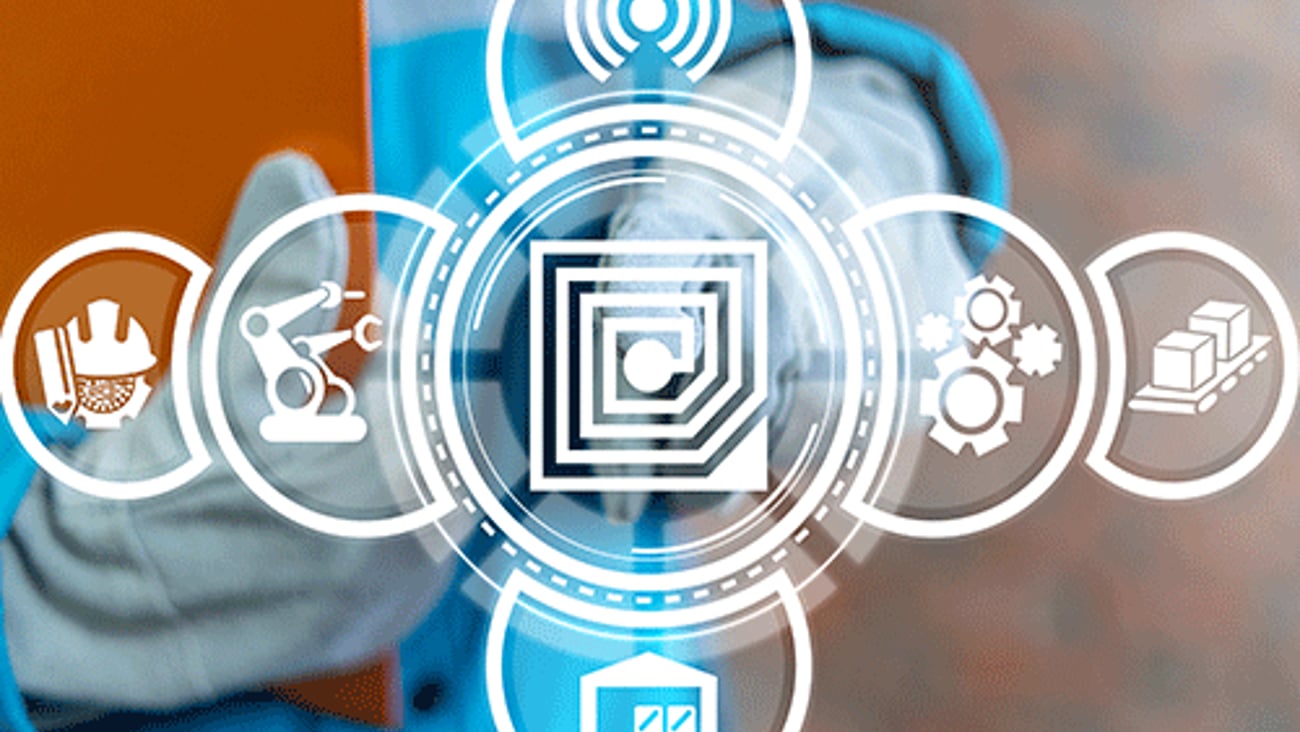Three retailers getting it right with in-store checkout
Especially as COVID-19 imposes limits on personal contact, brick-and-mortar retailers need to rethink their checkout processes.
Retail has been moving toward “frictionless” checkout, which limits or eliminates personal contact between customers and store associates, for several years. However, since the outbreak of COVID-19, the industry has rapidly accelerated the adoption of contact-free checkout technologies and protocols.
Following is an overview of three retailers who are leading the way in providing innovative checkout experiences.
Decathlon
Based in France, the world’s largest sporting goods retailer has been testing out various mobile checkout options at different global locations for the past couple of years. In response to COVID-19, Decathlon is rolling out mobile self-checkout across its 81 German stores.
Leveraing the MishiPay mobile self-checkout solution, the retailer offers an experience it calls “Decathlon Deutschland Scan & Go” which lets customers scan and pay for items using their smartphone. The MishiPay app automatically disables the RFID security tag to leave customers free to exit the store, minimizing the need for contact with both humans and checkout devices.
And in its “experiential retail center” in Emeryville, Calif., Decathlon runs store operations, including self-checkout, via iPhones. Store associates can also perform mobile checkout upon request using a mobile checkout station and an iPhone connected to the NewStore mobile store operations platform.
Walmart
Walmart is testing a store design that takes the self-checkout experience to a new level. The discount giant’s pilot supercenter in Fayetteville, Ark., replaces traditional, in-person checkout lanes with self-checkout kiosks. Instead of arranging POS terminals in lanes, the store has a front-end layout in which 34 registers line the edges of a wide-open area.
Each register is equipped with a green light that alerts employees and customers to available checkout bays. If a customer wants to check themselves out, an associate will show them to an open register. If a customer wants to be checked out by an associate, one will ring them up and bag all of their items.
Walmart says the new format speeds up the checkout process because customers no longer spend time calculating which line will take the least amount of time. In addition, all 34 registers are always open, making it easier to adapt to changing traffic patterns and maintain a safe social distance within the open area, because there is more room to maneuver.
Amazon
Although Amazon introduced its Amazon Go cashierless/frictionless convenience and grocery store format in January 2018, it still represents the cutting edge of contactless shopping and checkout.
In what may prove to be fortuitous timing, Amazon began selling the “Just Walk Out” technology platform which supports Amazon Go in early March, literally days before COVID-19 was recognized as a pandemic in the U.S. The licensed version will have customers announce themselves with a credit card, but otherwise is identical to the Amazon Go experience which entirely removes the need to go through any formal checkout process.
The licensed “Just Walk Out” experience, along with more Amazon Go stores, will likely become a fixture of the brick-and-mortar landscape in the not-too-distant future. Airport retailer Cibo Express has already begun deploying the technology at select locations. And if imitation is the sincerest form of flattery, then retailers including 7-Eleven and Ahold Delhaize are buttering up Amazon by piloting their own cashierless store formats.







